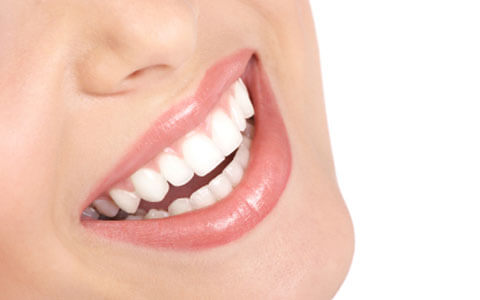Tooth Numbering Beaumont
Tooth numbering systems have been developed to provide a standardized way of referring to specific teeth, as there are more than 32 different systems in use worldwide. However, two systems are commonly used in the United States:
- The Universal Numbering System, which has been adopted by the American Dental Association and is widely used by most general dentists.
- The Palmer Notation Method, used by some orthodontists, pedodontists (child dental specialists), and oral surgeons.
Internationally, the FDI World Dental Federation notation with two-digit numbers is widely utilized.
Universal Numbering System
For Adults
In the Universal Numbering System:
- Tooth number 1 is the farthest back tooth on the upper (maxillary) right side of your mouth.
- Numbering continues along your upper teeth towards the front, ending with tooth number 16, which is the farthest back tooth on the upper left side.
- The numbering then descends to the lower (mandibular) jaw, with tooth number 17 being the farthest back tooth on the lower left side.
- It continues towards the front again, ending with tooth number 32, which is the farthest back tooth on the lower right side.
In this system, teeth that should be present are assigned numbers. If you are missing your wisdom teeth, your first number will be 2 instead of 1, indicating the absence of that tooth. Additionally, if you've had teeth removed or are missing some, the missing teeth will also be assigned numbers.
For Children
In the original Universal Numbering System for children, the 20 primary teeth are numbered in the same sequence, but each number is followed by a small letter "d" to indicate deciduous (primary) teeth. For example, a child's first upper right primary tooth would be labeled 1d, and the last lower right primary tooth would be 20d.
However, a modified version is now commonly used for children, using letters A through T instead of numbers. For instance, a child's first upper right primary tooth would be labeled A, and the last lower right primary tooth would be labeled T.
Palmer Notation Method
For Adults
In the Palmer Notation Method, the mouth is divided into four quadrants, and numbers 1 through 8, along with a unique symbol, are used to identify the teeth in each quadrant. The numbering proceeds from the center of the mouth towards the back.
For example, in the upper right section of the mouth, tooth number 1 represents the incisor (flat, front tooth) just to the right of the center of the mouth. The numbering continues to the right and extends to tooth number 8, which corresponds to the wisdom tooth (third molar).
Each number is enclosed within an L-shaped symbol, which identifies the quadrant. The L is upright for upper right teeth, reversed for upper left teeth, and upside-down for lower teeth. Quadrants may also be identified by letters, such as UR (upper right) or URQ (upper right quadrant).
For Children
In the Palmer Notation System for children, uppercase letters are used instead of numbers. The order remains the same as for adult teeth, with children's 20 primary teeth designated by letters "A" through "E" in each quadrant. The same symbol is employed to indicate the quadrants.
